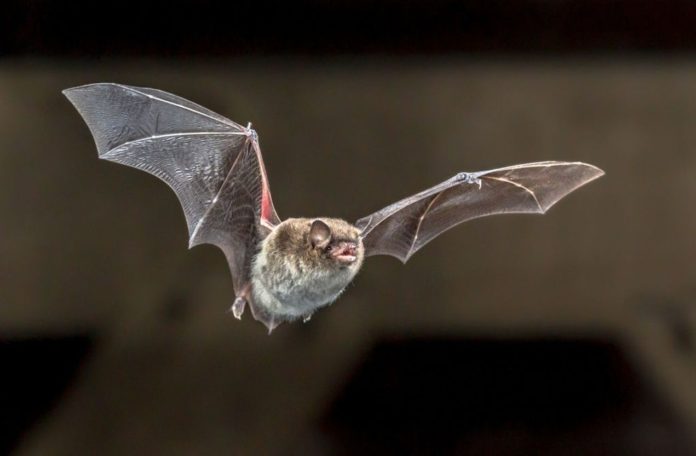With their auditory talents, bats can not only find a meal, but can also use it to predict where the prey will be, improving the likelihood of a successful hunt.
While predators rely on visual cues, bats use discrete echo images to form a mental model of their surroundings. Using a contraction of the larynx or clicking their tongues, they make noises for echolocation and analyze the echoes they receive. Bats use this acoustic information to navigate and hunt in the dark.
Echo snaps give interrupted sensory information regarding the target insect’s trajectory, which can be used to create prey location prediction models. Bats use this method to track and intercept their prey.
“We think this is an innate capability, such as humans can predict where a ball will land when it is tossed at them,” says Angeles Salles, from Johns Hopkins University, who will be discussing how bats rely on acoustic information from the echoes of their own vocalizations to hunt airborne insects at the 181st Meeting of the Acoustical Society of America, which will be held Nov. 29 to Dec. 3.
“Once a bat has located a target, it uses the acoustic information to calculate the speed of the prey and anticipate where it will be next.”
Because bat sounds are primarily ultrasonic, human ears may not always be able to detect them. To estimate prey movement in unpredictable settings, echolocating bats combine auditory samples over time, with larger animals providing stronger echoes.
“Prey with erratic flight maneuvers and clutter in the environment does lead to an accumulation of errors in their prediction,” adds Salles.
“If the target does not appear where the bat expects it to, they will start searching again.”
Bats can calculate prey distance, size, shape, and density, as well as identify what they are following, by combining representations of prey echoes. Bats have been demonstrated to learn to avoid unappealing prey in studies.
Source: ACOUSTICAL SOCIETY OF AMERICA
Image Credit: iStock
You were reading: Echolocation creates frameworks to predict the future of Prey
